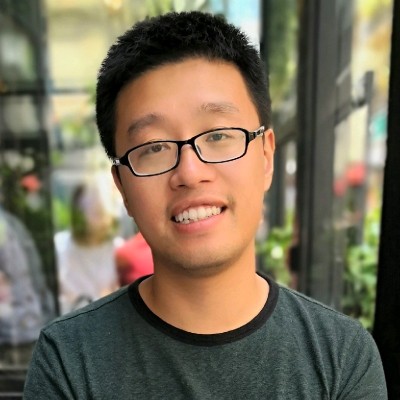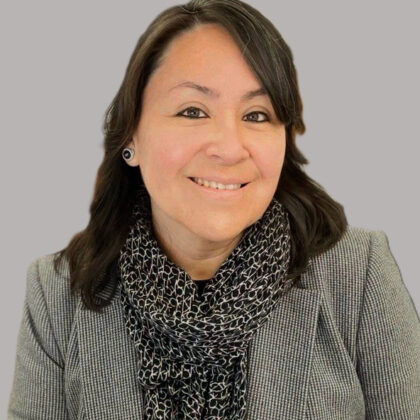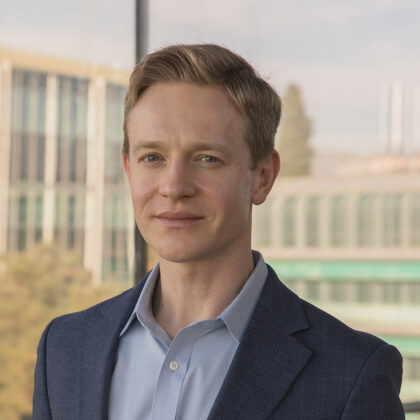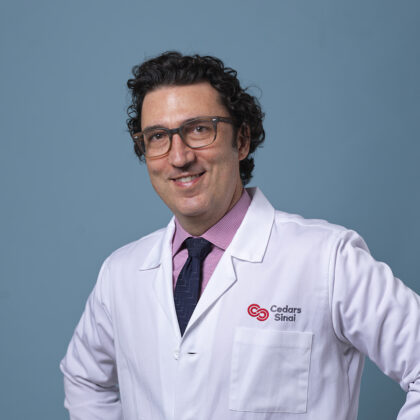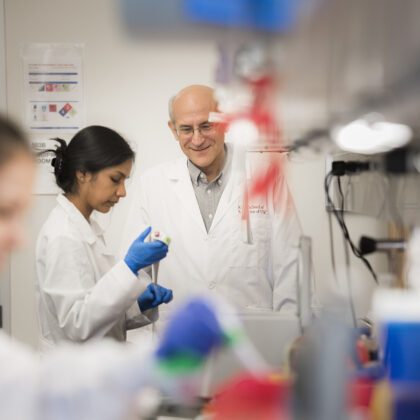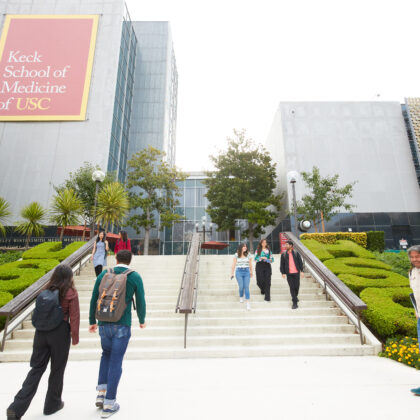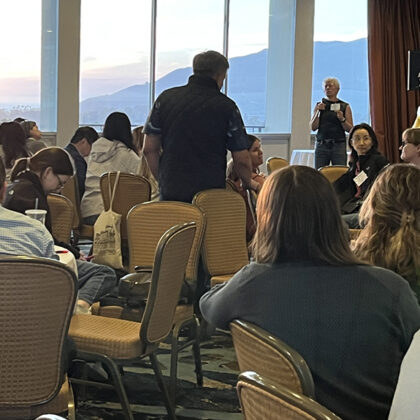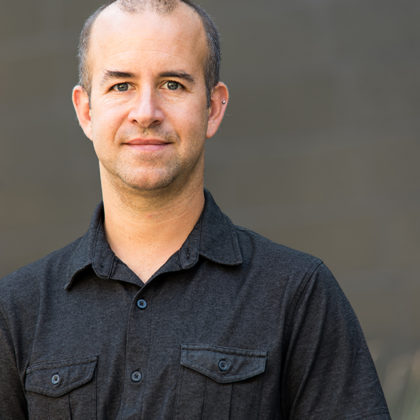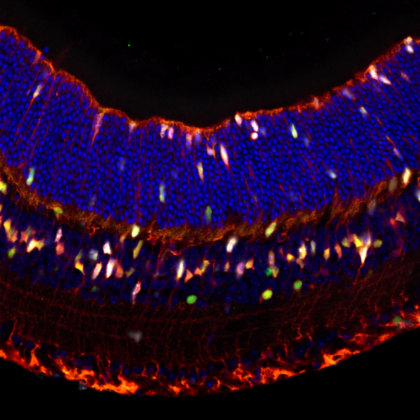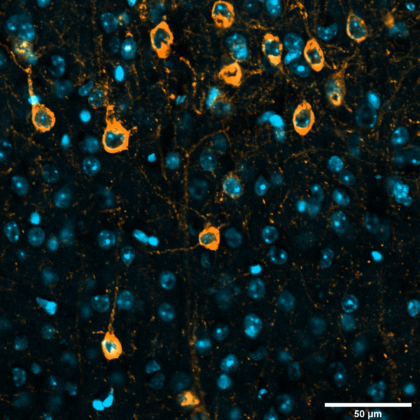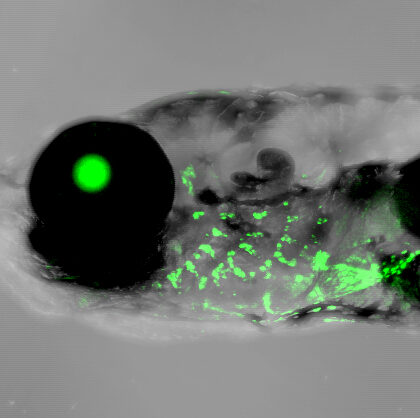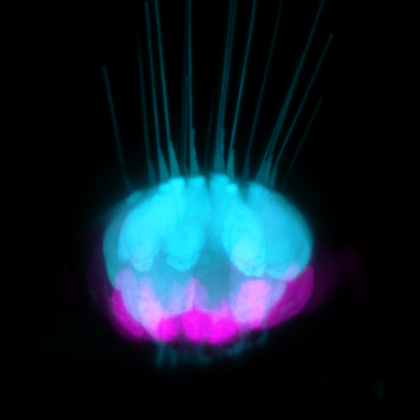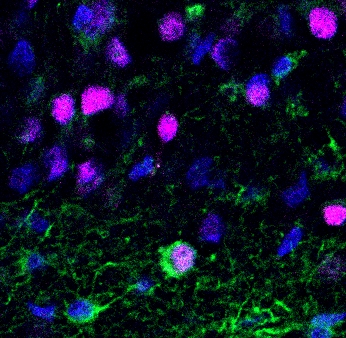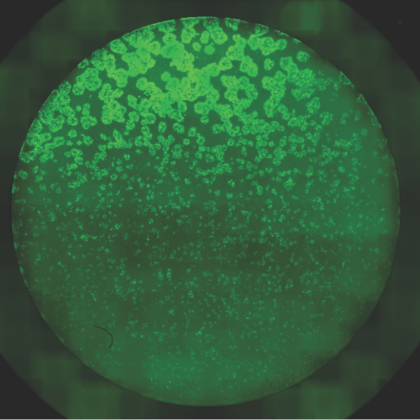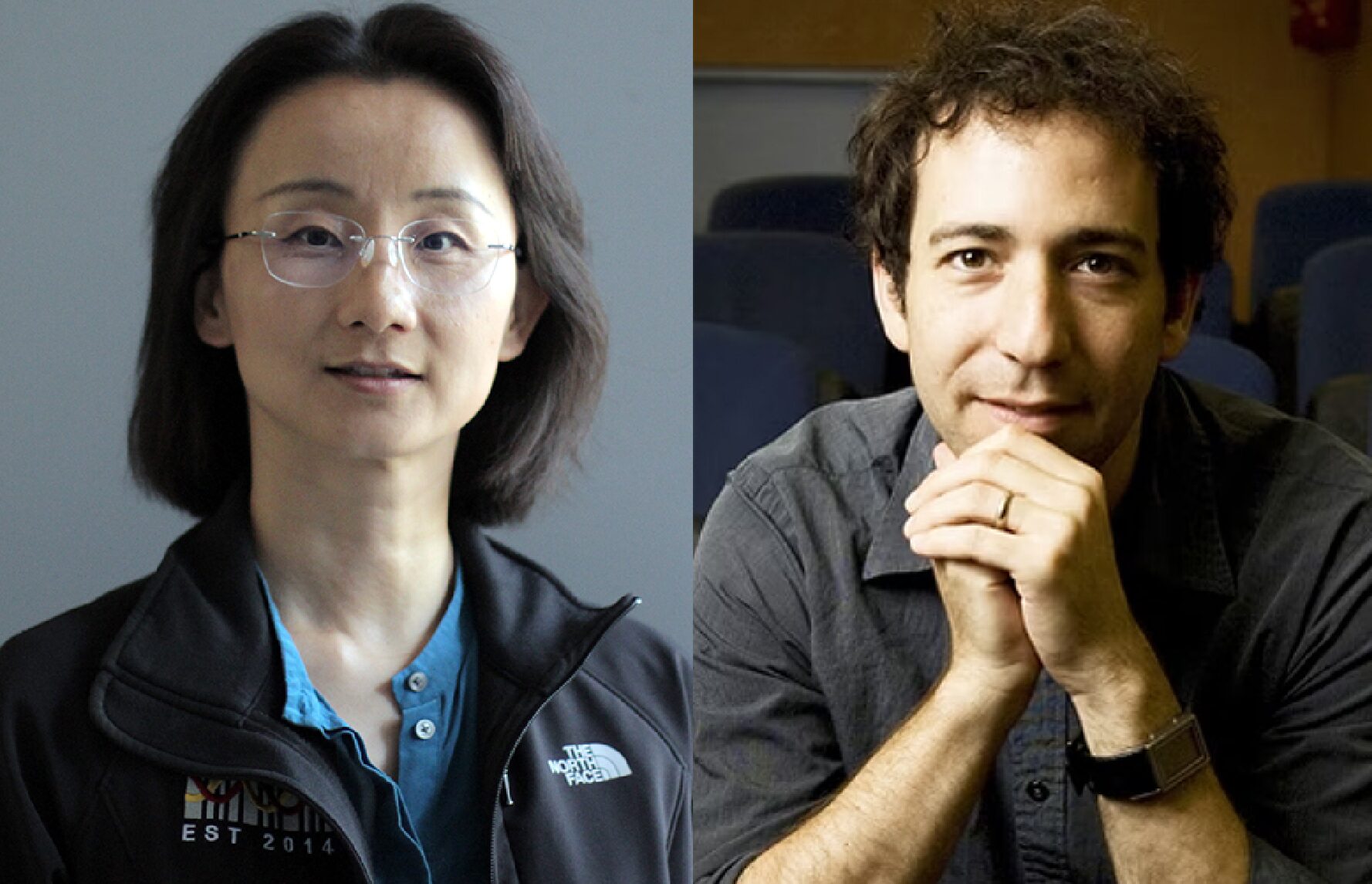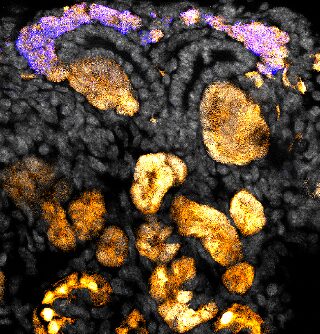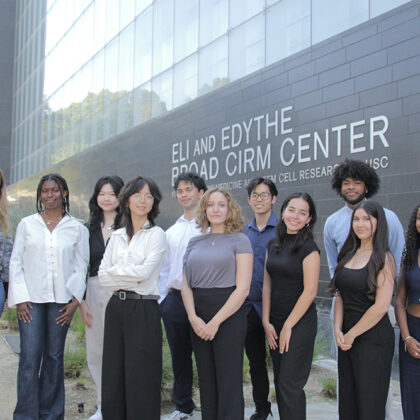Press inquiries, websites, social media, writing, editing, multimedia production, and public outreach
Stories
Meet USC’s CIRM Scholar Alumni: Guanyi Huang, Associate Principal Scientist at Merck
Guanyi Huang, associate principal scientist at Merck, has often found himself in the right place at the right time. The son of a middle school math teacher and computer science professor-turned-entrepreneur, Huang …
Meet USC’s CIRM Scholar Alumni: Vivian Medina, Senior Manager of Digital and Data Analytics at Takeda
As the Senior Manager of Digital and Data Analytics at Takeda in Los Angeles, Vivian Medina pursues her career in science with the ultimate goal of helping people. A lifelong Angeleno whose …
Meet USC’s CIRM Scholar Alumni: Maksim Plikus, Professor at the University of California, Irvine
Maksim Plikus was still an undergraduate when he first became fascinated by the study of hair biology. His lab supervisor asked him to dissect a rat whisker, and to recombine parts of …
Meet USC’s CIRM Scholar Alumni: Suhasni Gopalakrishnan, Director at Allogene Therapeutics
“I feel like I’m a person who goes with the flow,” said Suhasni Gopalakrishnan, Director at Allogene Therapeutics in San Francisco. Going with the flow has led Gopalakrishnan to many fascinating places. …
Meet USC’s CIRM Scholar Alumni: Noah Merin, Assistant Professor at Cedars-Sinai
For physician-scientist Noah Merin, the form of stem cell transplantation known as bone marrow transplantation remains the “coolest thing in medicine” and the focus of his career. “I do bone marrow transplantation …
USC trains biotech leaders, thanks to state stem cell funding
To accelerate stem cell treatments to patients with unmet medical needs, the California Institute for Regenerative Medicine (CIRM) has always recognized the need to educate and train a scientific workforce. Since 2006, …
Guided by COMPASS, USC undergraduates navigate stem cell research at inaugural symposium
Thirty undergraduates gathered to share their research at the first year-end symposium for USC CIRM COMPASS, a comprehensive two-year program designed to prepare juniors and seniors for careers in stem cell biology …
Meet the nine scholarship winners in USC’s stem cell master’s program
This year, philanthropic giving supported scholarships for nine students in USC’s master of science (MS) program in stem cell biology and regenerative medicine. Launched in 2014 as one of the only programs …
Getting lost in translation—the clinical kind—at USC’s stem cell retreat
At the retreat for USC’s Department of Stem Cell Biology and Regenerative Medicine, newly appointed leader Chuck Murry shared a vision as sweeping as the panoramic view of the Pacific Ocean from …
Gage Crump receives the 2025 USC Provost Mentoring Award
Gage Crump, professor and vice-chair of the Department of Stem Cell Biology and Regenerative Medicine and Stem Cell Research at the Keck School of Medicine of USC, will be honored with the …
USC Stem Cell mouse study identifies shared genes involved in hearing and vision regeneration
The same genes could hold the key to regenerating cells in the ear and eye, according to a new mouse study from the USC Stem Cell laboratory of Ksenia Gnedeva, published in …
How to clear the toxic tau protein that can lead to Alzheimer’s and related diseases
USC Stem Cell scientists discover a new way to rid cells of toxic tau protein in a study involving mice and lab-grown human “mini-brains,” known as organoids. The neurotransmitter glutamate is essential …
An earful of gill: USC Stem Cell study points to the evolutionary origin of the mammalian outer ear
The outer ear is unique to mammals, but its evolutionary origin has remained a mystery. According to a new study published in Nature from the USC Stem Cell lab of Gage Crump, …
USC Stem Cell study breaks the silence on how fish and lizards regenerate hearing
A new USC Stem Cell study published in the Proceedings of the National Academy of Sciences (PNAS) has identified key gene regulators that enable some deafened animals—including fish and lizards—to naturally regenerate …
To remember conversations, keep making new brain cells
USC-led study of patients with epilepsy shows how making new neurons benefits cognition in adults. Why do adults make new brain cells? A new study published in Cell Stem Cell provides the …
By exerting “crowd control” over mouse cells, scientists make progress towards engineering tissues
Genes aren’t the sole driver instructing cells to build multicellular structures, tissues, and organs. In a new paper published in Nature Communications, USC Stem Cell scientist Leonardo Morsut and Caltech computational biologist …
USC Stem Cell mouse study sheds light on the secret to maintaining a youthful immune system
What keeps some immune systems youthful and effective in warding off age-related diseases? In a new paper published in Cellular & Molecular Immunology, USC Stem Cell scientist Rong Lu and her collaborators …
USC’s Rong Lu and Caltech’s Michael B. Elowitz win the NIH Director’s Transformative Research Award for their new approach to study blood and immune cell production in bone marrow
Is it possible to study the production of blood and immune cells inside the bone marrow? For the first time ever, the answer is yes, thanks to a new approach pioneered by …
Wnt happens in kidney development?
A pair of USC Stem Cell mouse studies detail how progenitor cells self-renew, differentiate, and aggregate into early kidney structures, offering insights for the creation of stem cell-based artificial kidneys. A group …
USC COMPASS undergraduate program prepares juniors and seniors for stem cell careers
For 20 undergraduate students at USC, stem cell research is more than the topic of a lecture or an article in a textbook. It’s the focus of a comprehensive two-year program designed …

